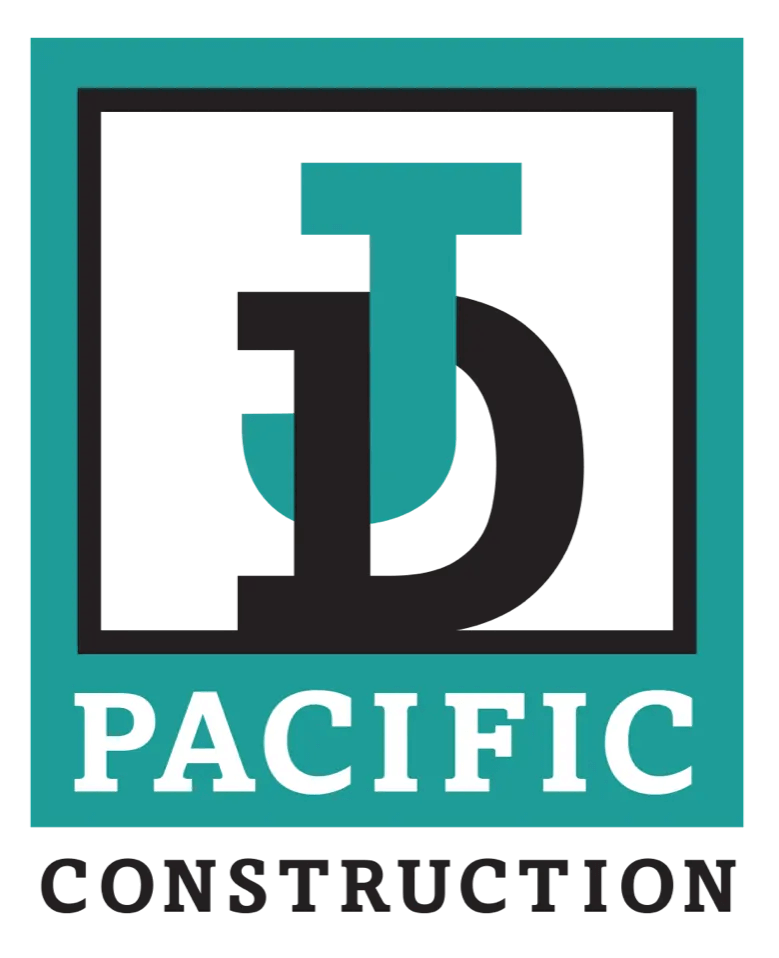Tenant improvements, also known as TIs, are a very important part of real estate ownership in any level. They come in handy in making sure that the business space that you have is customized and tailormade specifically to the principles and needs of your brand. For this reason, it is very important to grasp what a TI entails and the numerous types of real estate improvements that are available to a property owner or lease-holder as far as this goes.
The Definition of Tenant Improvements
The real-estate specific definition of tenant improvement is the alterations a construction owner makes to their rental space in honor of the lease agreement. These alterations are normally aimed at configuring and customizing the space in question to the technical needs or wishes of that particular tenant.
Who Pays for Commercial or Residential Tenant Improvements?
This varies from one state to another. Nonetheless, the most common arrangement is that the landlord settles the bill for the commercial leasehold improvement up to a certain point whereupon the tenant pays any amount incurred over the tenant improvement limit. This improvement allowance is typically expressed in a total dollar sum or per-square-foot calculation. The amount is, ordinarily, agreed upon during lease negotiations and is not usually changeable over the coaurse of the leasing period.
Examples and Instances of Tenant Improvements
Until recently, most landlords did not offer any type of tenant improvements to their potential leasees as the demand for rental space outstripped the supply for leasing space by a huge margin. But with the increase of supply of real estate space, smart property owners have begun enticing their future tenants with attractive tenant improvement allowances in a bid to lower the cost of setting up their establishment or business in their premises. This includes helping them design the rental space to the specific needs of their business e.g adding walled partitions, kitchens, additional bathrooms or break rooms.
What is not Included in a Tenant Improvements Allowance?
Things like cabinets, dental chairs, industry specific lighting and medical procedure tables are not typically included in a TI allowance for obvious reasons that it can be hard to gauge how much exactly it should cost in a free market. That said, basic things like painting and adding drop ceiling for the prospective tenant can go a long way in attracting new clients in your real estate space.
References: Q4RealEstate, TylerCauble, CARR




